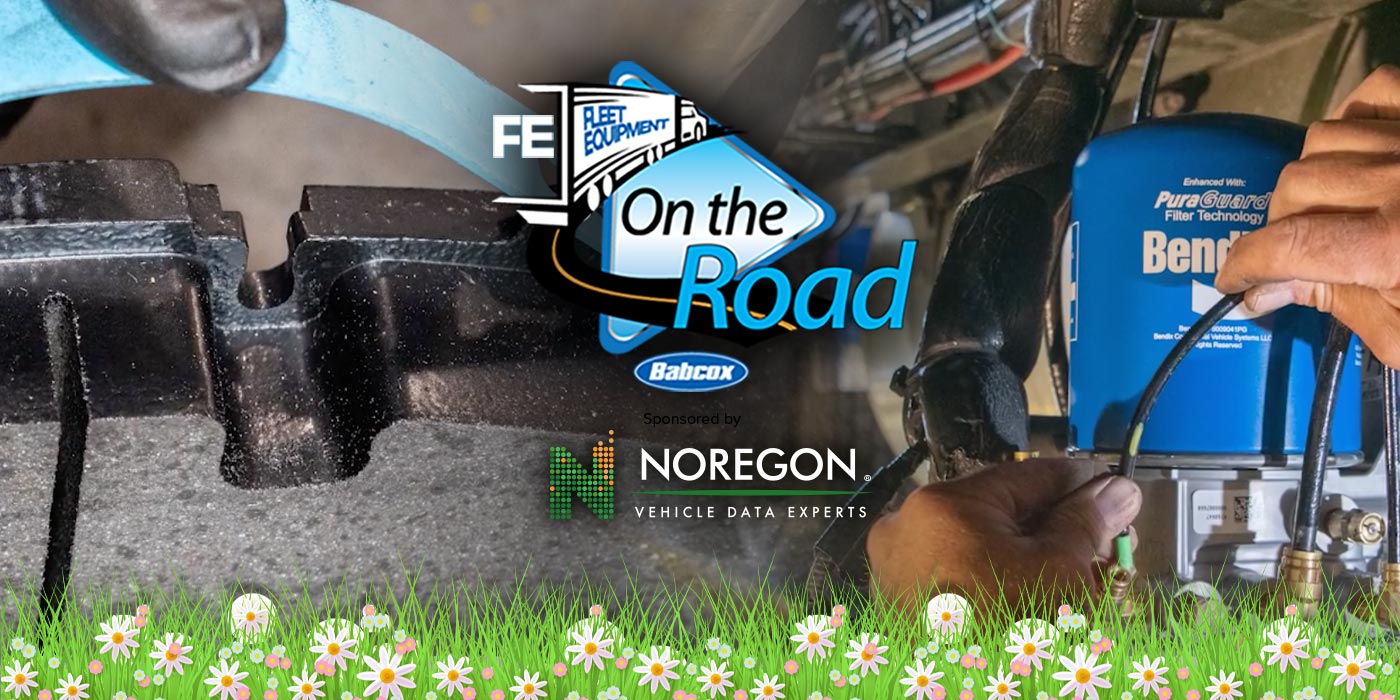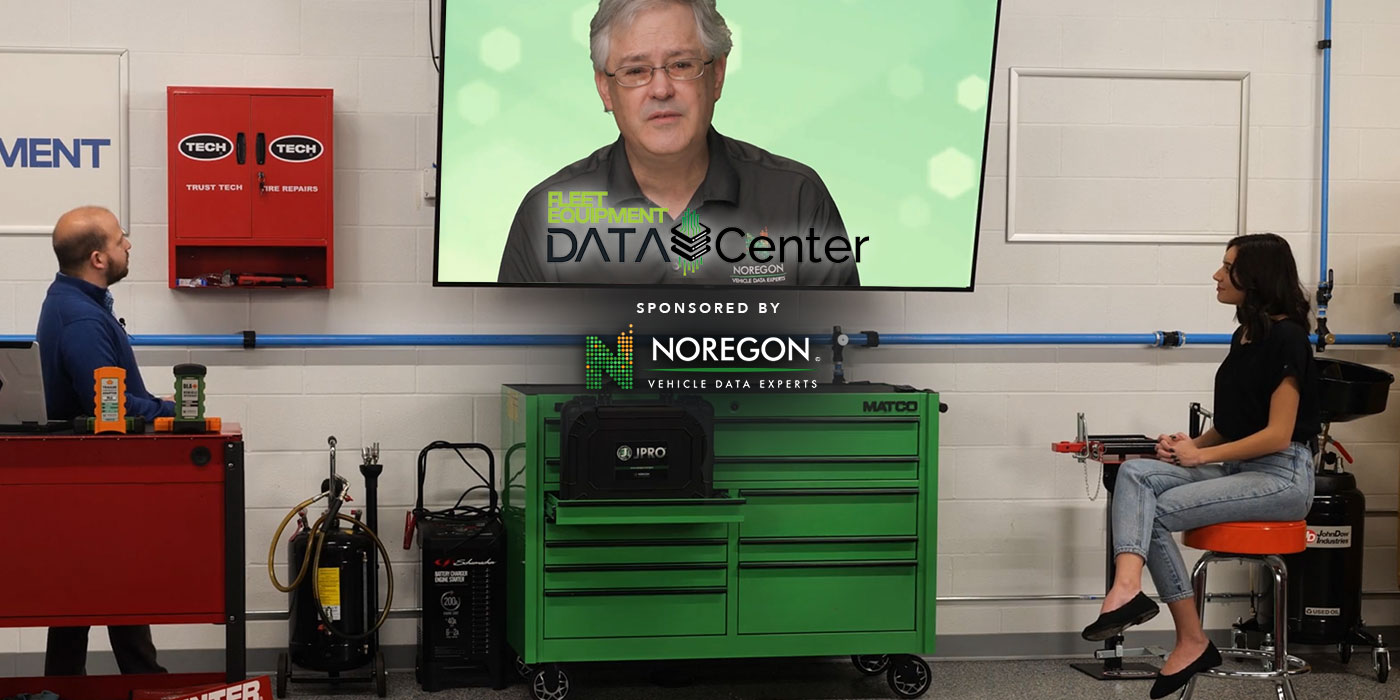Remote diagnostic systems are now offered in some form by all the major truck and engine OEMs, as well as third party providers. These systems collect diagnostic data on the truck’s performance and status, and automatically send fault codes and warnings to service managers.
Today’s remote diagnostics systems indicate fault code severity levels and allow for more informed decisions about whether a truck is inoperable and a service event should be started immediately. Similarly, they can point to whether service is needed as soon as possible or if it can wait until the next PM interval.
For fleets with a mix of telematics systems, most service recommendations are the same, but each manufacturer will note what should be done about a fault independent of the telematics provider. Many providers use a color-coded system to illustrate fault code severity levels. For example, Noregon’s JPRO utilizes red, yellow and green indicators while the asset management application TripVision adds an orange severity level.
Actionable is the operative word for remote diagnostics—the goal is to make sure fleets and drivers know there’s a problem before it becomes serious, or cuts into the fleet’s uptime too much. But information that’s actionable for you, the fleet manager, could be completely different for what constitutes actionable information for your technicians. For thoughts on how you can tailor alerts to the right audience, watch the video above where we glean insights from special live guest in the garage.
Fleet Equipment’s Data Center is sponsored by Noregon. Subscribe to our newsletter to catch every episode as we’ll be diving into use cases, talking with the data pros and making data usage approachable.













